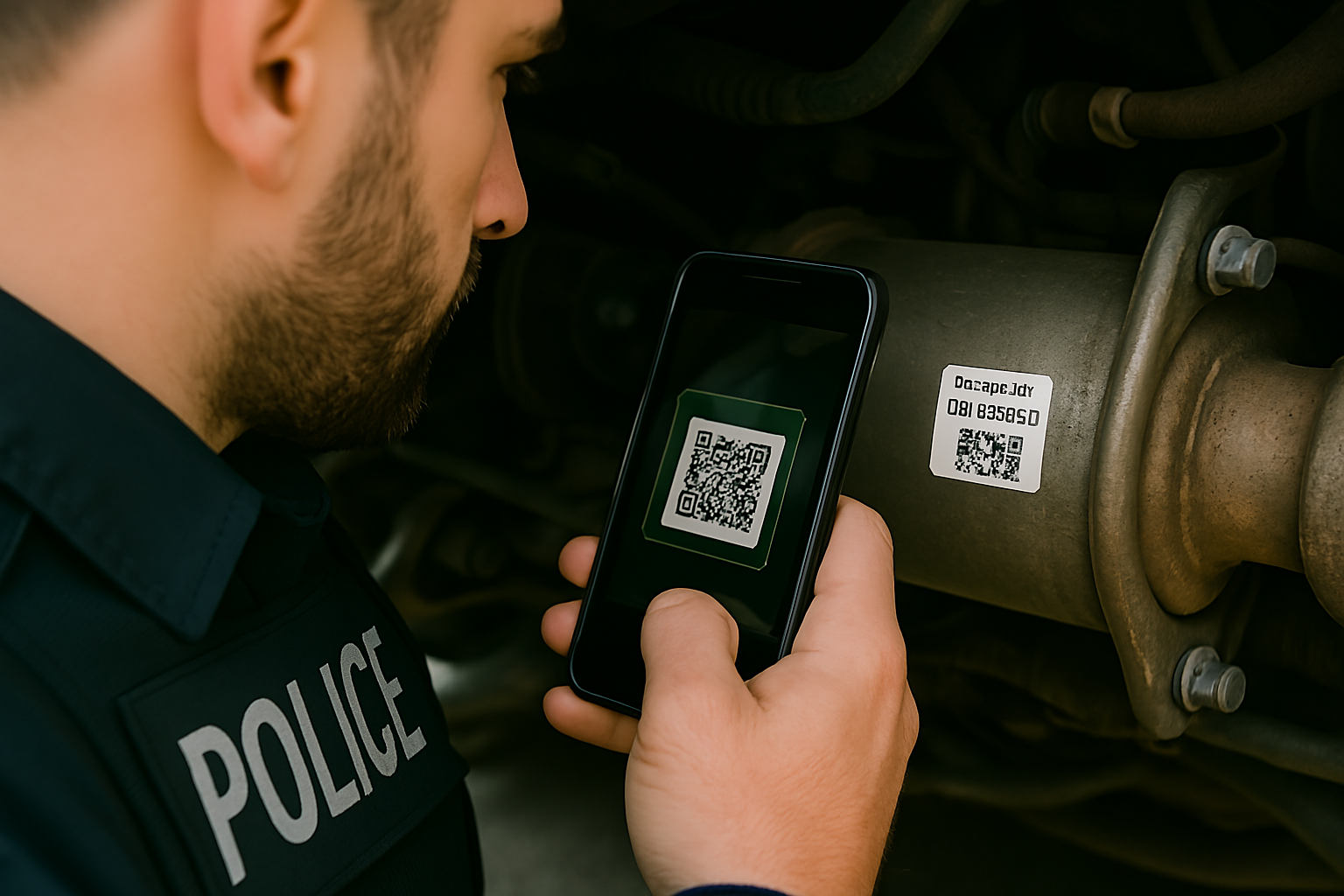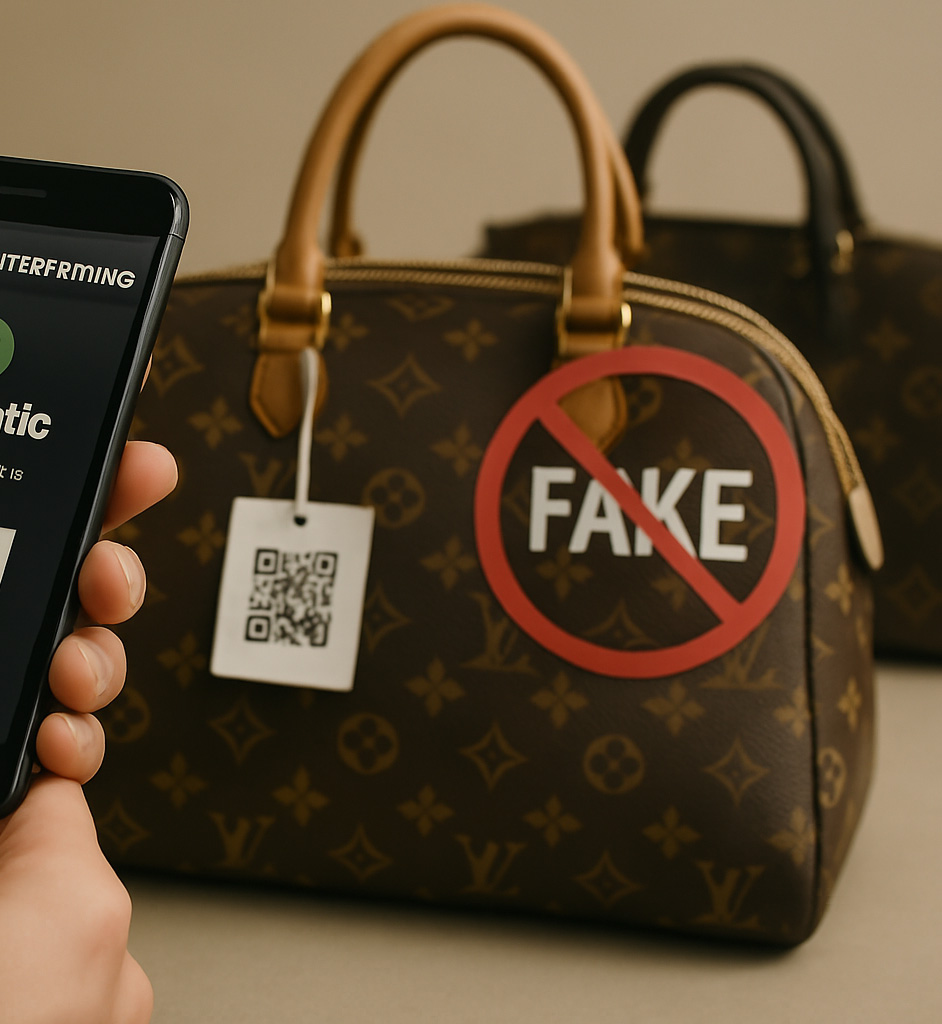Parts stripping—the unauthorized removal and resale of high-value automotive components—has become a global epidemic. From catalytic converters and alloy wheels to ECUs and infotainment units, thieves are targeting systems that are easy to remove and expensive to replace. With estimated global losses surpassing $3 billion annually, and tens of thousands of thefts reported in the U.S. alone, this issue continues to disrupt supply chains, damage reputations, and increase warranty-related expenses.




Combating parts stripping has proven difficult due to the lack of standardized traceability systems and the ease with which stripped parts enter the resale market. Most automotive components are interchangeable across models and brands, making identification and verification nearly impossible without embedded deterrents. Existing methods like VIN etching and visible alarms provide limited protection and don’t scale across varied parts and surfaces. Organized theft networks often exploit weak labeling and fragmented databases, leaving manufacturers and dealers exposed.
Ordcan Technology and DotGuard have partnered to deliver a modular, scalable solution tailored for both OEMs and aftermarket distributors. At the core is a two-layer system combining high-durability tamper-evident labels with blockchain-backed traceability. These security labels are designed to bond to rubber, metal, and composite surfaces, incorporating QR codes and unique IDs that make each part easily verifiable via mobile scan. DotGuard complements this by linking each scanned item to a decentralized ledger containing origin data, authentication records, and service history—ensuring real-time tracking and legitimacy.


This robust technology has been engineered for a range of high-risk components:
Catalytic Converters: Vulcanizable labels with embedded identifiers, secured to withstand heat and vibration
Alloy Wheels: Custom-form labels applied to rim contours, visible for on-site verification
Control Units and Sensors: Internal QR codes paired with invisible ink for covert tracking.
The traceability framework is flexible enough to integrate with manufacturing lines, dealership programs, fleet maintenance workflows, and provide peace of mind to dealers and their customers.
Ordcan and DotGuard continue to innovate, with plans to scale the solution across more components and geographies. Future upgrades include AI-driven theft prediction models, specific OEM based activities, and cross-border database integration. By establishing a unified standard for traceable protection, they aim to make automotive parts stripping obsolete—and empower manufacturers and dealers with greater control over their supply chain security.
Advanced solutions for secure, trusted products.
